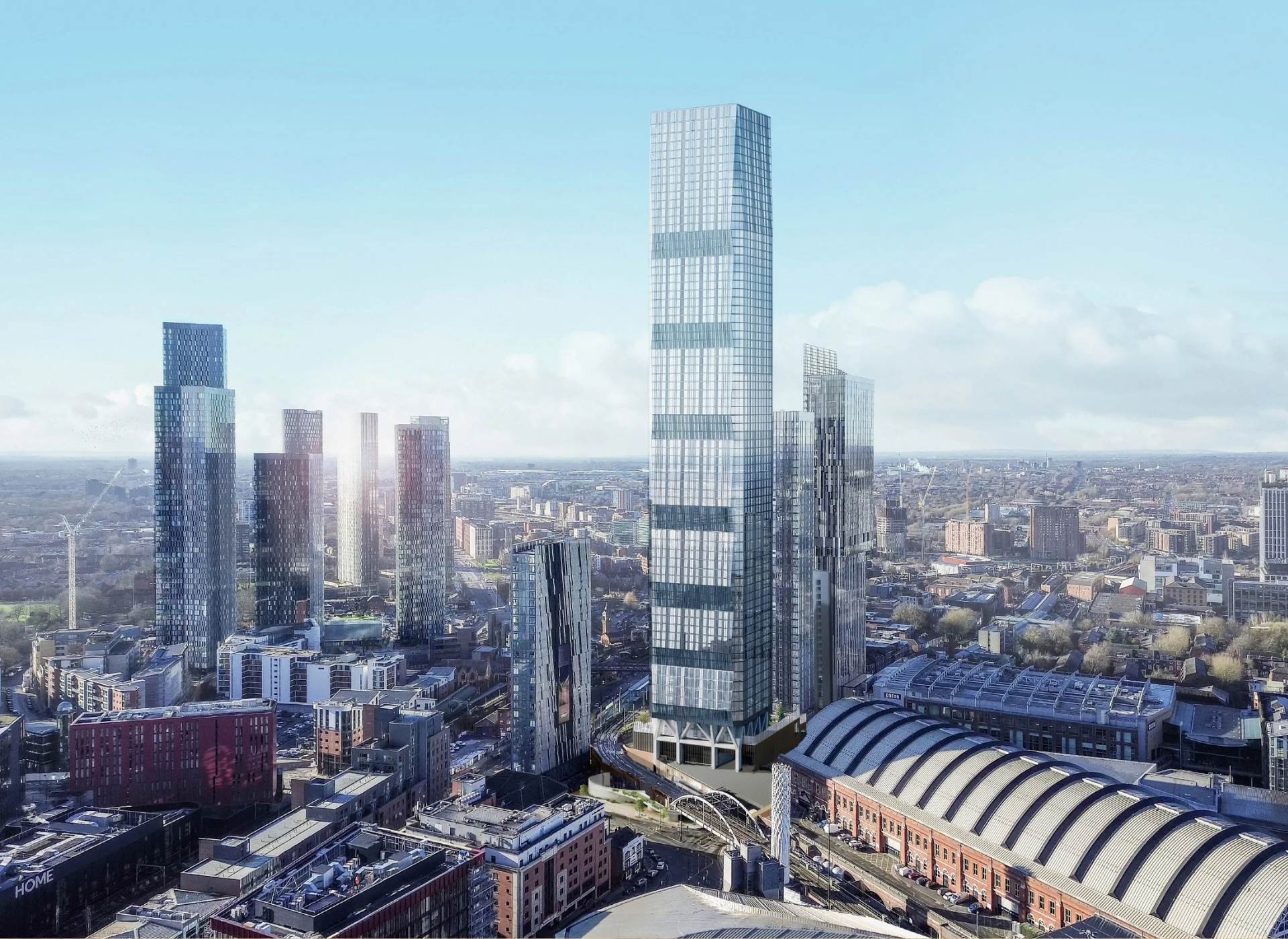Introduction: The Investment Dilemma
Every property investor faces a fundamental decision: should a rental property be furnished or unfurnished? This choice affects rental income, tenant type, maintenance costs, and long-term capital growth. Making the wrong decision can reduce yields, increase void periods, and add management headaches.
In 2025, the UK rental market is more competitive than ever. Tenants now have higher expectations for convenience, quality, and lifestyle amenities, and the type of property offering can determine how quickly it lets and at what price.
Table of Contents
Furnished Properties: What Tenants Want
Furnished properties include furniture, appliances, and sometimes soft furnishings such as curtains or rugs. They are particularly attractive to:
- Students: University towns such as Manchester, Birmingham, and London have large populations of domestic and international students seeking ready-to-move-in accommodation.
- Young professionals: Workers relocating for short-term contracts prefer furnished apartments for convenience.
- International tenants: Professionals moving from abroad often have no furniture and want immediate occupancy.
Advantages of furnished lets:
- Higher rental yields: Furnished properties can command 10–15% higher rents due to convenience and premium appeal.
- Shorter void periods: Strong demand ensures properties are occupied faster.
- Attracts premium tenants: Professional tenants often pay more for modern, fully equipped homes.
Considerations:
- Wear and tear: Furniture and appliances can degrade quickly, increasing maintenance costs.
- Replacement costs: Landlords bear the expense of damaged or worn items.
- Potentially higher turnover: Tenants seeking short-term lets may move more frequently.
According to Zoopla, furnished rental units in city centres and regeneration zones consistently achieve higher rents and faster lettings.
Unfurnished Properties: Stability and Long-Term Tenancies
Unfurnished properties appeal primarily to:
- Families: Longer-term tenants often prefer to bring their own furniture.
- Long-term tenants: Couples and professionals looking for stability value unfurnished homes.
- Suburban renters: Tenants outside urban centres may prefer to personalise their space.
Advantages of unfurnished lets:
- Lower maintenance costs: Fewer items to repair or replace over time.
- Longer tenancies: Reduced turnover provides more consistent rental income.
- Lower upfront investment: Landlords do not need to purchase furniture, reducing initial costs.
Considerations:
- Slightly lower rental yields compared to furnished lets.
- May attract fewer short-term or mobile tenants.
Rightmove notes that unfurnished properties perform well in family-focused areas, with stable occupancy and lower management intensity.
Regional Trends and Market Insights
Choosing between furnished or unfurnished often depends on location:
- Urban centres: Cities like London, Manchester, and Birmingham have high demand for furnished lets among professionals and students. Modern developments with amenities like gyms and co-working spaces attract tenants willing to pay a premium.
- Suburban areas: Unfurnished properties are popular with families seeking long-term stability, particularly near schools and transport links.
- Regeneration zones: Furnished units in newly developed districts can command higher rents due to quality finishes and modern layouts.
For example, in East London’s regeneration areas, furnished apartments let faster and at higher yields, while suburban Birmingham sees more demand for unfurnished family homes.
Rental Yield Comparison
| Property Type | Average Yield | Typical Tenant |
|---|---|---|
| Furnished | 5–7%+ | Professionals, students, short-term tenants |
| Unfurnished | 4–6% | Families, long-term tenants |
Investors can use this data to align property type with their target rental strategy. Furnished lets deliver higher immediate income, while unfurnished lets offer stability and lower management effort.
Practical Advice for Landlords
- Assess your target tenant demographic: Match furnished lets with short-term tenants or urban centres; choose unfurnished for families and long-term renters.
- Consider your management capacity: Furnished properties require more active management due to furniture and appliance maintenance.
- Use a mixed portfolio approach: Combining both types can balance high short-term yield with stable long-term income.
- Monitor market trends: Stay updated on rental demand and tenant preferences to adapt your strategy.
Case Study Furnished or Unfurnished: Maximising Yield
- Scenario A – Furnished Urban Apartment: A one-bedroom apartment in Manchester city centre is let furnished to a professional tenant at £1,200/month. The yield is 6.5% with a 10% shorter void period than comparable unfurnished properties.
- Scenario B – Unfurnished Suburban House: A three-bedroom house in Birmingham is let unfurnished to a family at £1,100/month. The yield is 5.5%, but tenancy lasts 24 months with minimal management issues.
This illustrates how location and tenant type affect the benefits of furnished versus unfurnished strategies.
Conclusion: Furnished or Unfurnished
Deciding furnished or unfurnished is a key part of any property investment strategy.
- Urban and short-term markets favour furnished properties with higher yields.
- Family-focused, long-term rental markets favour unfurnished properties with stability and lower management.
By aligning your property type with tenant expectations, location, and investment goals, landlords can maximise returns and minimise void periods.
For expert advice on optimising rental yields and choosing the right strategy, contact TK Property Group today. Stay informed with our latest property news and investment insights.






